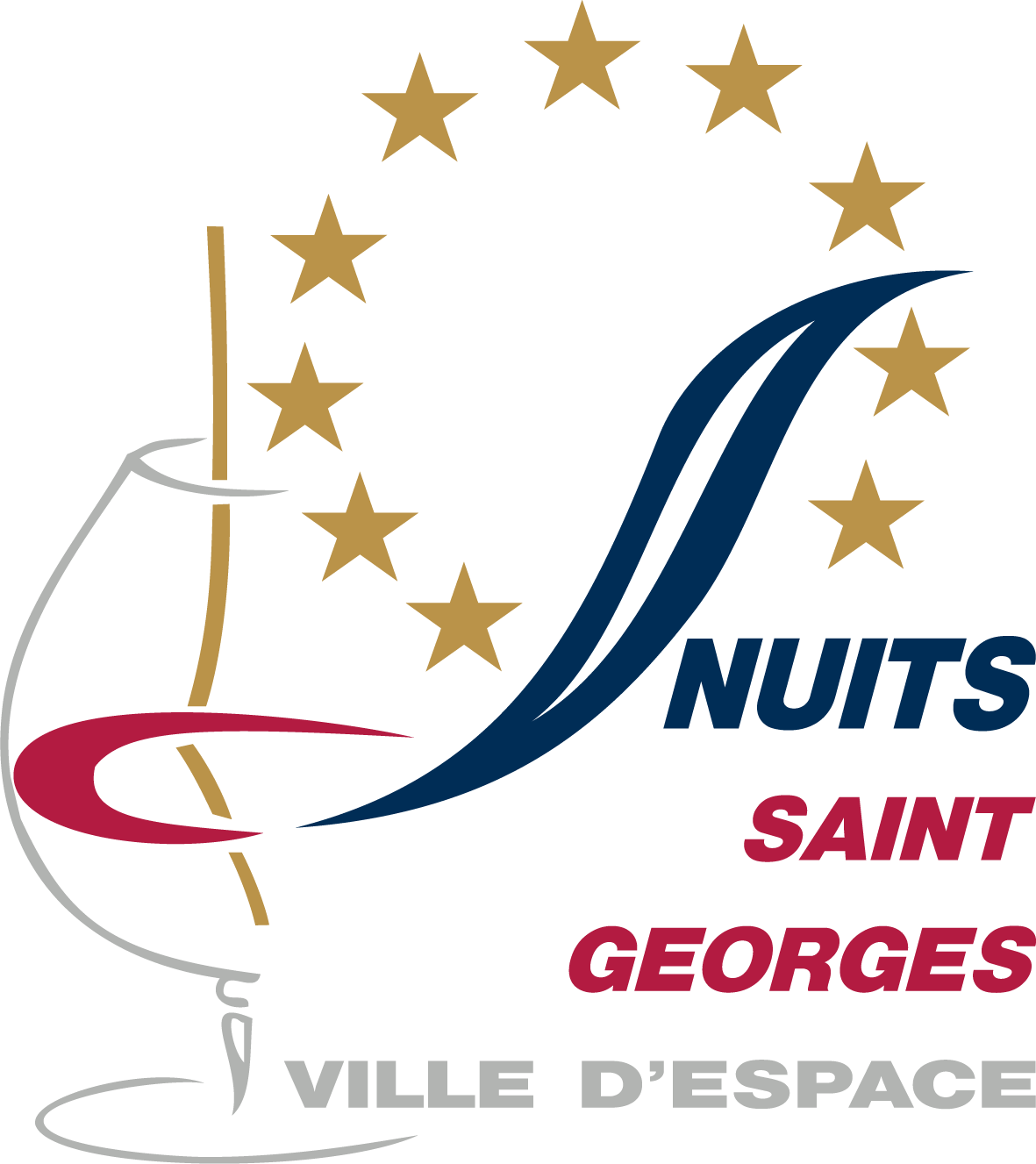MEDICAL PRACTICES
In the 17th century, the main way doctors learned their profession was through books and classes. They had little direct contact with the sick. Most medical knowledge had moved on little from that of ancient times, although progress had been made in anatomy. Treatment was still based on the theory of humours, using bloodletting, enemas or purges. In addition, basic hygiene was practically non-existent. Pharmacy was gradually changing, as so-called “chemical” pharmacopoeia began to be integrated to make remedies more effective.
Real progress in the treatment of the sick didn’t begin until the 18th century. Medicine became more scientific, moving away from Galen’s dogmas and making great use of experimentation. The first vaccine for smallpox was given in 1796. Even before the hygienist movement, ideas for protecting the public from epidemics in particular began to pop up.
The 19th century in particular offered a wealth of medical discoveries, and three major fields emerged: pain control, fighting infection and improving instruments. The hygienist movement triumphed. Understanding of diseases gradually improved and Louis Pasteur’s discoveries made it possible to explain them and come up with ways to fight them. Pharmacy also made progress by isolating active ingredients and building a modern pharmacopoeia. The structure of hospitals adapted to accommodate these discoveries.
And the evolution continued in the following century. The years 1920-1960 were those of vaccines and antibiotics: Alexander Fleming discovered penicillin in 1928, revolutionising the treatment of infections and making it possible to fight many diseases effectively.
Mairie de Nuits-Saint-Georges
Place d’Argentine • 21700 Nuits-Saint-Georges
Téléphone: 03 80 62 01 20
Du lundi au vendredi 08:30-12:00, 13h30-17:30
Contact
03 80 62 01 20
mairie@nuitsstgeorges.com
Ville placée sous vidéoprotection.
